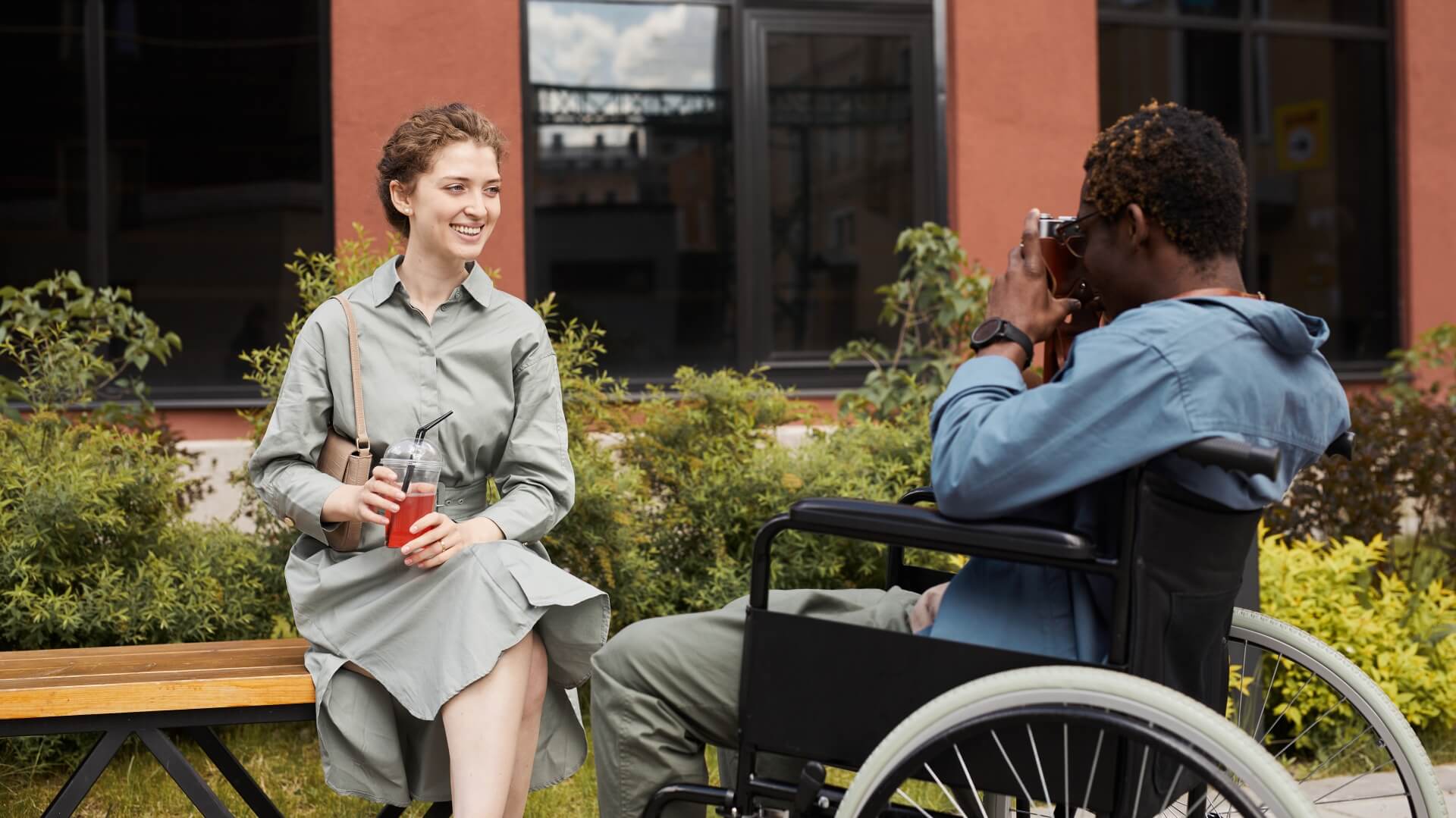
Embarking on the journey of creating an accessible landscape for your home is all about turning common concerns into exciting opportunities. Think uneven surfaces, tight spots, and signs playing hide-and-seek – challenges that are just waiting for a creative makeover. Now, we get it – making these changes can have you checking your pocketbook. But fear not, because there's a dance floor of grants and financial assistance programs in Ontario ready to groove with your landscape dreams. In this exploration, we'll sprinkle in some tips on overcoming typical design hurdles and point you to where the funding magic happens. So, if you're dreaming of a backyard that's not just beautiful but accessible too, let's waltz into this guide and make your landscape dreams come alive!

What are the most common concerns when landscaping for accessibility?
Creating accessible landscaping is an important consideration to ensure that outdoor spaces are inclusive and can be enjoyed by people of all abilities. Common concerns related to accessible landscaping include:
1. Uneven Surfaces: Uneven or unstable surfaces can pose challenges for individuals using mobility aids like wheelchairs or walkers. Ensuring smooth and level pathways is crucial to provide easy navigation. The second side of this is considering our Ontario weather conditions and ensuring that surfaces will have grip/be tactile when wet, covered in leaves, or covered in snow.
2. Lack of Ramp or Sloped Access: A lack of ramps or gently sloped pathways can be a significant barrier for individuals with mobility challenges. Ramps should be designed with appropriate gradients and handrails to facilitate safe movement, and they don’t have to be an eyesore! Landscape Designers can help facilitate and help you dream something beautiful and functional for your home and your needs.
3. Insufficient Clearances: Narrow pathways and tight spaces can be difficult for individuals using mobility aids. Providing adequate clearances ensures that people with different mobility devices can move comfortably without obstructions. This can be the case for front yard or backyard access points, commonly, in the city of Toronto.
4. Limited Seating and Rest Areas: Lack of seating and rest areas along pathways can be challenging for individuals who may need to take breaks during their journey. Including well-placed benches and rest areas is crucial for accessibility. Sometimes that front yard sitting bench in the garden is exactly what you need. Not a garden person? Maybe your solution is found in a Japanese garden where you can find your zen, rake the stones or sand and sit peacefully by the heaters on a cool fall day.
5. Poorly Designed Garden Beds: Raised garden beds may pose challenges for individuals with mobility limitations or those who use wheelchairs. Consideration should be given to the height and design of garden beds to allow everyone to participate in gardening activities. Who’s to say you have just one ? Maybe you want to create a perimeter of raised beds that will make your landscape pop!
6. Inadequate Lighting: Poor lighting can be a safety concern for people with visual impairments. Ensuring well-lit pathways, especially during evening hours, is important to enhance visibility and prevent accidents.
7. Lack of Tactile and Visual Contrasts: Incorporating tactile elements like textured surfaces and visual contrasts in landscaping features can assist individuals with visual impairments in navigating outdoor spaces independently.
8. Water Features and Hazards: Unprotected water features, uneven terrain around ponds, or other potential hazards can pose risks to people with various disabilities. Proper safety measures and protective barriers should be in place.
9. Limited Access to Garden Features: Consideration should be given to the design of features such as fountains, sculptures, or other points of interest to ensure that individuals with disabilities can experience and appreciate them.

By addressing these concerns during the planning and design phases, landscaping can be made more accessible, creating inclusive outdoor environments for people of all abilities to enjoy. Consulting with accessibility experts and involving individuals with disabilities in the planning process can provide valuable insights and feedback.

Available grants to help cover the costs
There are various grants and programs available in Ontario, Canada, to assist with home accessibility renovations, including those related to landscaping. However, the availability of grants and their specific details may change over time.
One notable program in Ontario is the "Healthy Homes Renovation Tax Credit" (HHRTC), which provides a tax credit for seniors and family members who live with them. This tax credit is designed to help with the cost of making homes more accessible.
Additionally, the City of Toronto, for instance, has a Home Modification Program that offers financial assistance for accessibility modifications to homes.
To get the most accurate and up-to-date information on available grants in Ontario for home accessibility renovations, including landscaping, you should check with relevant government agencies at the municipal, provincial, and federal levels. Local municipalities may also have specific programs or incentives.
Here are some steps you can take:
1. Contact Local Municipalities: Inquire with your local city or town government about any available programs or grants for home accessibility renovations.
2. Explore Provincial Programs: Check the website of the Ontario Ministry of Seniors and Accessibility or other relevant provincial agencies for information on current programs.
3. Consult Accessibility Organizations: Organizations dedicated to accessibility or disability services may have information on available grants and resources.
4. Visit Official Government Websites: Regularly check official government websites for updates on grants and programs related to home accessibility in Ontario.
5. Speak with Financial Advisors: Consult with financial advisors or professionals who are knowledgeable about government assistance programs for home modifications.
Remember that programs and availability may change, so it's essential to obtain the most recent information from authoritative sources. Local community centers, disability organizations, or even your municipality's housing department could be good starting points for inquiries.



